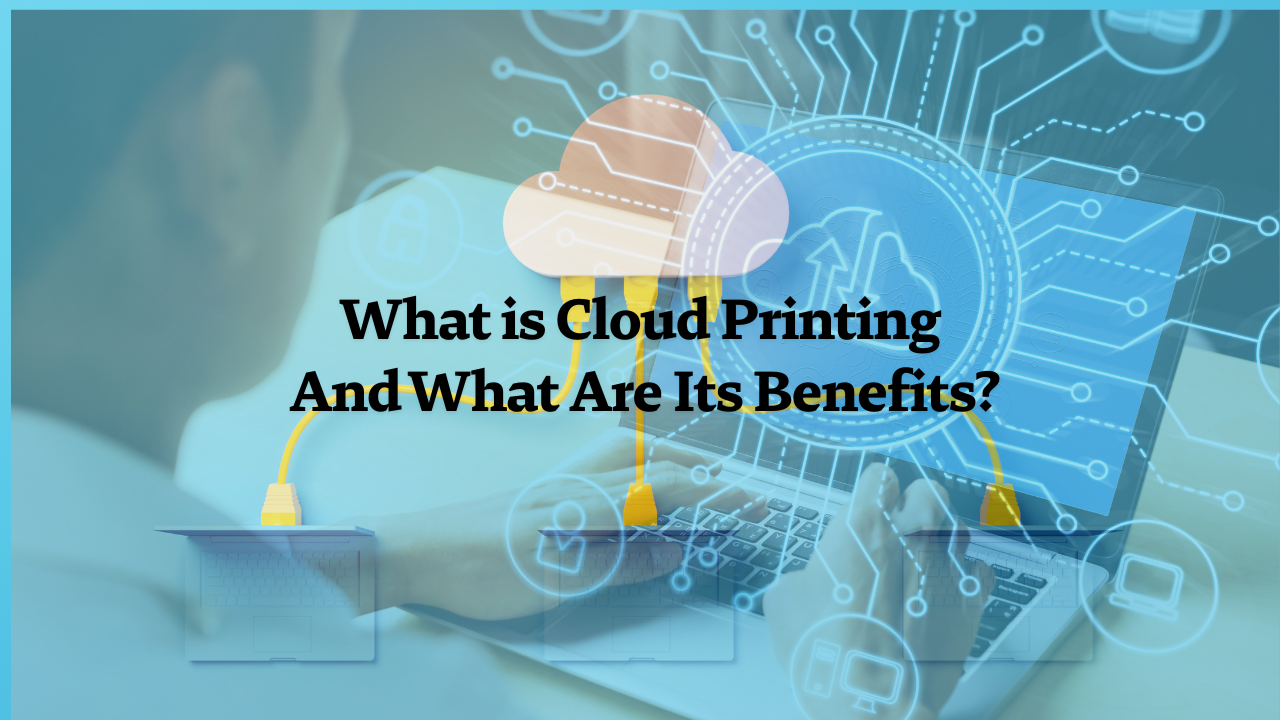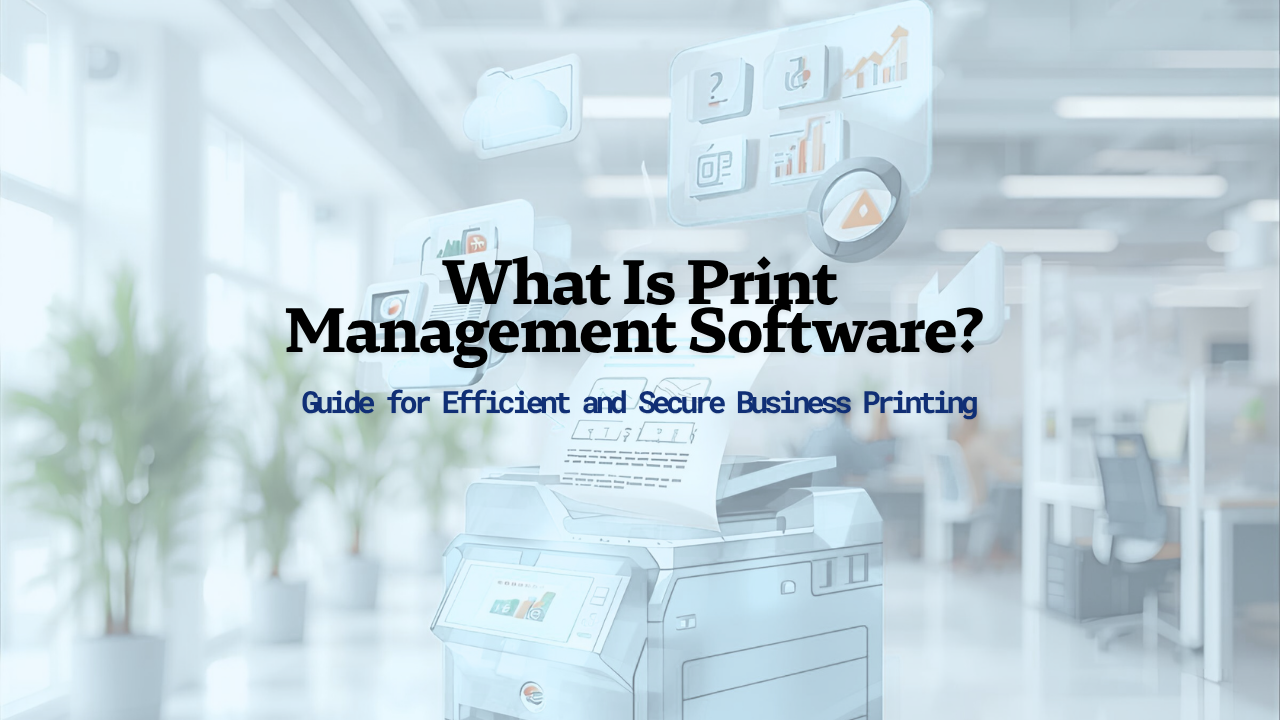Introduction: The Importance of Managing Copier Fleets Effectively
In today's fast-paced business environment, organizations rely heavily on printing infrastructure. Managing a large fleet of copiers and multifunction devices requires sophisticated tools to ensure productivity, reduce costs, and maintain security. This article explores copier fleet monitoring tools, their features, benefits, and industry trends shaping their evolution.
Understanding Copier Fleet Monitoring Systems and Their Functionality

What is a fleet monitoring system and how does it work?
A fleet monitoring system is a sophisticated software solution designed to oversee and manage multiple printing devices across an organization. These systems use networked hardware and software components to track printer and copier activities, helping optimize their performance and maintenance.
For example, FleetView, a popular fleet management tool, employs a Data Collection Agent (DCA) installed on Windows computers. This agent operates as a 24/7 Windows service and communicates securely through HTTPS, collecting critical device data without infringing on personal or user information. Implementing such systems allows organizations to maintain real-time visibility into their entire printing fleet, leading to improved service levels and customer experience.
How do fleet monitoring tools work and their functionalities?
Most fleet management solutions feature a Data Collection Agent that continuously gathers essential device metrics such as page counts, toner levels, device description, and status updates. This data is securely transmitted to a central management platform, often via encrypted channels like port 443 over TCP/IP.
These tools offer multiple functionalities:
- Monitoring device performance and health
- Automatic supply level management
- Automating meter readings for billing and reporting
- Diagnosing problems proactively before they escalate
- Supporting various hardware brands through integration capabilities
Such features enable companies to reduce print costs, improve security, and streamline workflows. KPAX, for instance, consolidates data from multiple brands and locations, providing detailed reports and operational insights. Similarly, Xerox’s CentreWare Web simplifies device management by automating discovery, configuration, and alert responses.
Data collection methods and security measures
Data is collected through dedicated agents or cloud platforms that communicate via secure HTTPS connections. This ensures sensitive information remains protected during transmission. These systems do not access personal user data, focusing strictly on device metrics.
Organizations need specific system requirements to ensure optimal operation. These include TCP/IP networking, port 443 availability, Windows OS, and the Microsoft .NET framework. Such specifications facilitate seamless integration and reliable data transfer.
In summary, fleet monitoring systems play a crucial role in managing multi-vendor printing environments, providing insights, reducing costs, and enhancing overall efficiency through secure, continuous data collection and management.
Features and Capabilities of Copier Fleet Management Tools

What are the key functionalities and features of fleet management software?
Copier fleet management software is designed to streamline the administration of multiple printing devices across various locations. It offers real-time device monitoring, which allows administrators to keep an eye on the status, page counts, toner levels, and supply status of each machine. Automated meter reading capabilities reduce manual efforts and ensure billing accuracy. Additionally, the software provides proactive diagnostics that help identify potential issues before they lead to downtime.
Beyond basic device oversight, these systems support integration with different hardware manufacturers and communication protocols, ensuring compatibility with a diverse range of devices. Features like user authentication and print job tracking enhance security and control, while detailed reporting tools aid in understanding usage patterns and optimizing resource allocation.
What features do fleet management tools typically include?
Most copier fleet management solutions incorporate essential features such as automatic meter collection, supply level monitoring, and remote troubleshooting. Alerts for maintenance or low supplies can be configured to prompt timely actions, reducing service interruptions. Customizable reports help manage costs and monitor device performance.
Installation and configuration tend to be straightforward, often involving the deployment of a data collection agent on Windows systems, which communicates securely via HTTPS. Support for multiple brands and models simplifies management in multi-vendor environments.
Overview of Additional Features
| Feature | Description | Benefits |
|---|---|---|
| Supply Management | Tracks toner, paper, and other consumables | Reduces shortages and wastage |
| Automated Diagnostics | Diagnoses issues proactively | Minimizes downtime |
| Multi-Brand Compatibility | Supports various hardware brands | Simplifies fleet management |
| Integration Capabilities | Connects with ERP, CRM, asset management systems | Enhances workflow |
| User Authentication & Print Release | Secures print jobs | Increases security |
| Reporting & Analytics | Provides detailed usage data | Supports strategic planning |
Implementing such comprehensive tools, like FleetView or KPAX, allows organizations to reduce costs, improve security, and boost overall operational efficiency, all while maintaining a high level of service quality across their printing environments.
Benefits of Using Copier Fleet Monitoring Tools

How do fleet monitoring tools benefit organizations?
Fleet monitoring tools, such as FleetView and KPAX, offer organizations valuable insights into their printing environment. By providing real-time data on device usage, these tools help allocate resources more efficiently, reducing waste and lowering operational costs. For example, FleetView can monitor supplies and automatically fulfill needs, preventing unnecessary downtime.
Security and compliance are also enhanced through these systems. They track device activity meticulously, helping organizations control access and ensure usage adheres to policies. Compliance is further supported by detailed reports that meet regulatory requirements.
Organizations like Porter Dodson Solicitors & Advisors have reported substantial savings—saving between 2,000 to 3,000 pages monthly—and improved security and visibility thanks to monitoring tools. These benefits demonstrate how streamlined management of print fleets can lead to significant cost reductions and security improvements.
Why is strategic management essential for a copier fleet?
Strategic management is vital for maintaining an efficient and cost-effective fleet. Regular fleet audits help organizations understand current costs, device age, and operational inefficiencies. These insights support long-term planning, resource allocation, and maintenance scheduling.
Implementing usage policies and staff training optimizes resource use and prevents waste. Maintaining printers through routine servicing prolongs their lifespan and reduces unexpected breakdowns. Furthermore, a well-planned approach can uncover opportunities for savings and process improvements.
Overall, strategic management ensures the organization can adapt to changing needs and technology, maximizing the value derived from their printing infrastructure.
Best Practices in Copier Fleet Management and Optimization

What are the best practices for managing and optimizing a copier fleet?
Effective management of a copier fleet hinges on consistent maintenance, thorough fleet audits, and clear usage policies. Regular preventive maintenance extends the lifespan of devices and minimizes unexpected breakdowns, ensuring smooth operation. Conducting audits helps organizations understand their current costs, device age, and performance, providing valuable insights for strategic planning.
Staff training and clear usage policies are essential. Proper training promotes responsible device use, reducing waste, damage, and unnecessary service calls. When employees understand how to operate printers efficiently, organizations can significantly cut costs and improve security.
Leveraging technology plays a critical role. Fleet management software like KPAX or Xerox CentreWare Web captures real-time data on device usage, supplies, and performance. These tools enable proactive maintenance, accurate billing, and quick issue resolution, which collectively enhance workflow efficiency while reducing downtime.
How can organizations improve their copier fleet operations?
Improvement starts with strategic planning. Incorporating integrated management solutions, such as KPAX—which supports multi-brand devices and offers features like automatic meter reading, supply management, and diagnostics—helps optimize fleet performance. These systems provide centralized control, making it easier to monitor multiple sites, vehicles, and devices.
Continuous monitoring is vital. Regularly reviewing device performance and conduct fleet audits allow organizations to identify areas of inefficiency and cost waste. Automation features, like supply restocking alerts and diagnostic alerts, help prevent device failures before they escalate.
Staff training remains important. Educating users on proper device operation, policies, and security practices ensures responsible usage. Additionally, establishing clear policies on print usage helps control costs and enhance security.
Finally, partnering with Managed Print Services (MPS) providers can further improve operations. MPS solutions can reduce internal workload, offer insights through analytics, and implement security measures, which are particularly valued by organizations—39% of which report high satisfaction with MPS security capabilities, according to Quocirca.
| Aspect | Recommendations | Benefits |
|---|---|---|
| Routine Maintenance | Schedule regular checks and preventative care | Longer device lifespan, fewer breakdowns |
| Fleet Audits | Assess costs, device age, and performance regularly | Cost savings, informed decision-making |
| Staff Training | Educate on device use and policies | Reduced waste, damage, and security risks |
| Technology Utilization | Use centralized management and real-time analytics | Increased efficiency, proactive issue resolution |
| Strategy Development | Plan long-term fleet optimization | Better resource allocation, cost control |
Employing these practices can significantly enhance copier fleet functionality, reduce operational costs, and improve overall service quality. Continuous review and the strategic use of management tools ensure organizations stay ahead in device performance and security.
Market Trends, Case Studies, and Industry Insights in Fleet Management Software
What industry trends are influencing fleet management solutions?
The landscape of fleet management is rapidly evolving, driven by technological advances and changing organizational needs. Currently, the integration of Internet of Things (IoT) devices enables real-time data collection from vehicles and printers alike, improving maintenance and operational efficiency.
Artificial Intelligence (AI) is playing a pivotal role through predictive maintenance, which anticipates equipment failures before they happen, thereby reducing downtime and repair costs. Cloud-based platforms facilitate centralized control and access from remote locations, offering flexibility and scalability.
Furthermore, fleet management solutions are increasingly supporting sustainability initiatives. They monitor emission levels and facilitate the use of alternative fuels, aligning with eco-friendly goals. Automation and digital twins—virtual representations of physical assets—are emerging features that allow simulation and optimization of fleet performance, helping organizations stay competitive in a dynamic environment.
Are there examples demonstrating the impact of monitoring tools?
Indeed, organizations implementing advanced monitoring tools report notable improvements. For instance, a fleet in Illinois achieved over a 50% reduction in accidents by deploying driver management and telematics platforms, enhancing safety.
Similarly, the City of Stamford managed to save over $1 million annually through optimized vehicle utilization and maintenance scheduling, driven by comprehensive fleet data analysis.
In New York City, telematics systems provided better operational oversight, leading to increased efficiency and reduced costs. These success stories exemplify how monitoring tools contribute to safety, cost savings, and operational excellence.
How do different fleet management platforms compare?
Different platforms cater to diverse needs, emphasizing accessibility, scalability, and sector focus. Web-based systems offer easy desktop access, ideal for small to medium-sized operations, while cloud platforms provide mobile access, supporting remote management.
Many solutions support multi-brand environments, allowing seamless integration of various hardware types such as printers and copiers from different manufacturers.
Features like automated diagnostics, supply management, and detailed analytics are common across platforms, but their scope and sophistication vary. Support for third-party integrations, ERP, CRM, and asset management systems ensures flexibility.
Choosing the right platform depends on factors like ease of use, scalability, specific industry requirements, and vendor support. By evaluating these aspects, organizations can select a fleet management solution that aligns with their strategic goals.
| Platform Type | Features | Focus Sectors | Notable Examples |
|---|---|---|---|
| Web-Based | Remote access, basic monitoring | Small/Medium Businesses | FleetX Web, FleetNow |
| Cloud Solutions | Mobile access, advanced analytics | Large enterprises, multi-site | FleetCloud, FleetIQ |
| Multi-Brand Support | Multi-vendor device management | Multi-sector | KPAX, Xerox CentreWare Web |
| Integrated Systems | ERP/CRM integration | Corporate, government | SAP Fleet Management, Oracle Fleet |
Understanding current trends and leveraging proven case studies can guide organizations to adopt the best fleet management strategies, fostering efficiency, safety, and cost savings across industries.
Conclusion: Advancing Copier Fleet Efficiency in a Digital Age
As organizations expand their printing infrastructure, leveraging sophisticated copier fleet monitoring tools becomes essential. These solutions not only streamline device management and reduce costs but also enhance security and compliance. The industry continues to evolve with technological innovations such as IoT, AI, and cloud computing, offering powerful opportunities for businesses to optimize their printer fleets. Adopting best practices and choosing the right management platform can significantly improve operations, delivering long-term benefits in productivity, security, and cost savings.
References
- [PDF] FleetView™ Print Management Software - MP Copiers, Inc.
- How printer monitoring software can save your business time and ...
- Printer Fleet Management: A Basic Guide - imageOne
- Device Management - CentreWare™ Web - Xerox
- KPAX – Fleet Print Management - ACDI
- What is Print Fleet Management Software For Managed Print Services
- Managed Print Services - Plus Technologies
- OM Plus Fleet Manager Used for Managed Print Solution - Plus ...
- Plus Technologies Managed Print Software Selected
- IT Services Company Implements OM Plus Fleet Manager




.png)

.png)
























